News
-
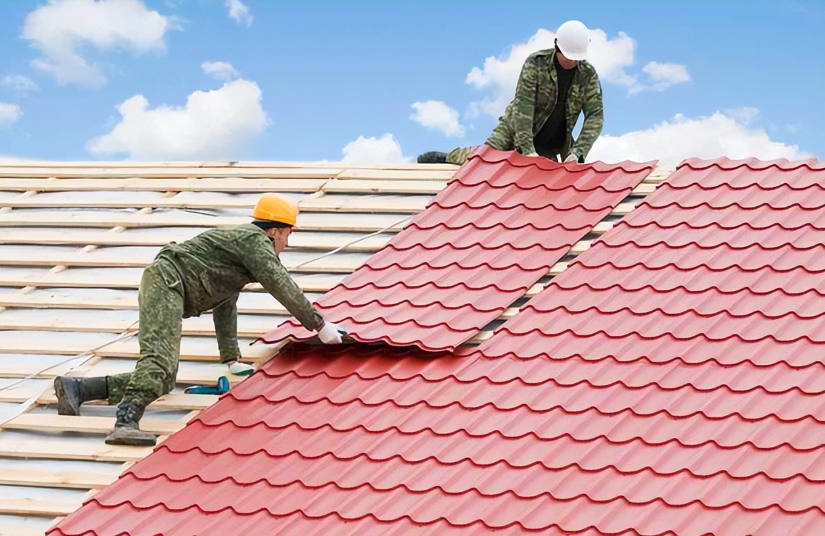
Analysis of the advantages and disadvantages of colored stone metal composite tiles and resin tiles
There are many types of building roof tiles, including earth tiles, color steel tiles, resin tiles, colored stone metal tiles, etc. in the traditional sense. Today we mainly analyze the following colored stone metal tiles and resin tiles. First, look at the materials. Resin tiles are made ...Read more -

Which is better, colored stone metal tile or colored steel tile?
In the field of construction, colored stone metal tiles and colored steel tiles are common roof covering materials, each of which has some unique characteristics and advantages. Corrosion resistance Both are made of metal, and metal materials cannot avoid the problem of corrosion. The colored sto...Read more -
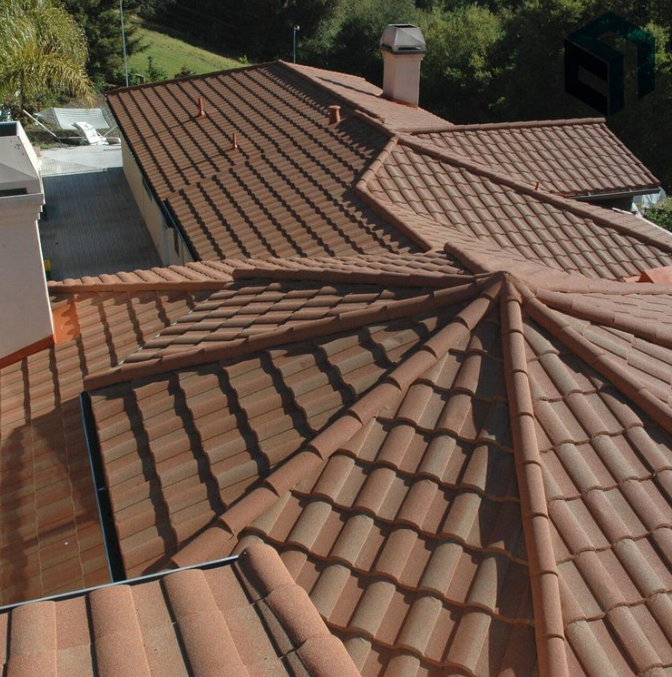
Colored stone metal tiles: a fashionable choice for modern architecture
In the field of building materials, colored stone metal tiles, as a new type of roof covering material, are gradually becoming a fashionable choice for modern buildings. Its unique design and many advantages make it attractive in the construction industry. First of all, colored stone metal tiles ...Read more -
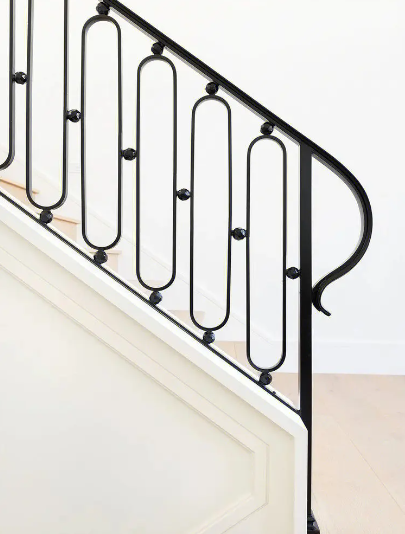
Will wrought iron rust?
Wrought iron is an important metal material that is commonly used in the manufacture of various products and components. However, wrought iron can also be affected by oxidation under certain conditions and produce rust. This article will explore whether wrought iron is susceptible to rust and how...Read more -
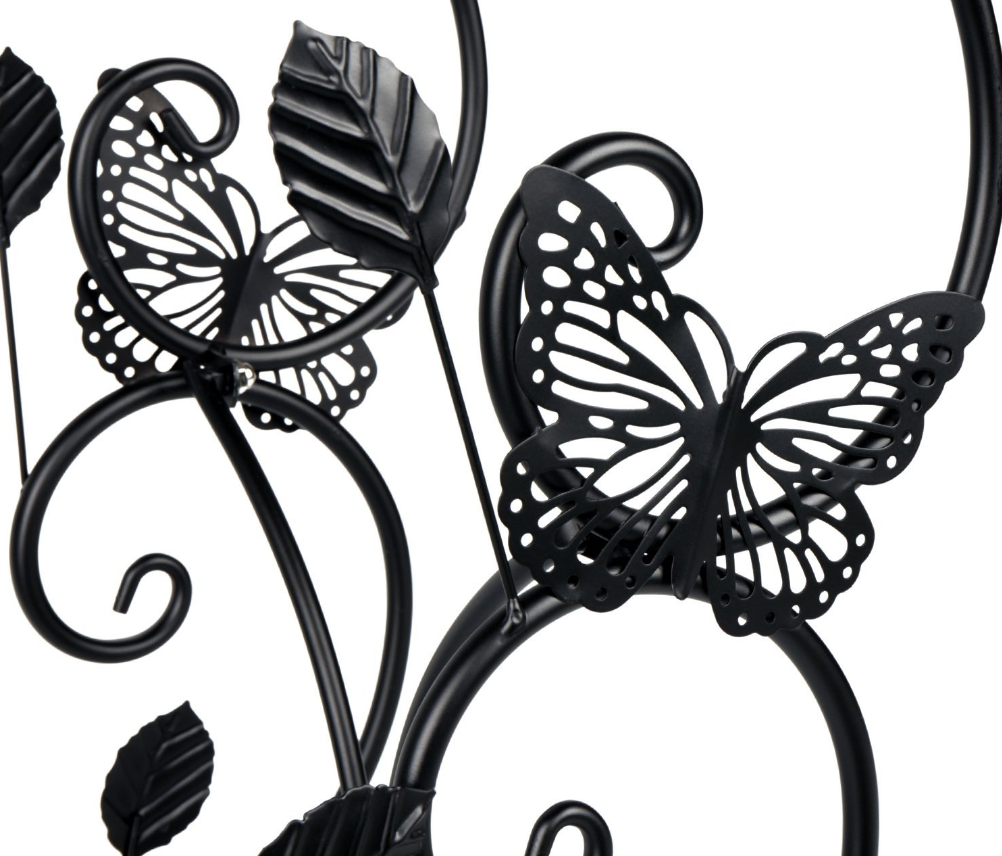
The difference between wrought iron and low-carbon steel
Wrought iron is not low-carbon steel, and there are significant differences in chemical composition and physical properties between the two. 1、 The difference between wrought iron and low-carbon steel Wrought iron is a type of iron ingot with a high carbon content, typically containing 2.11% to ...Read more -

Iron decoration instructions
Introduction to iron art decoration: Iron decoration is a craft that uses iron materials for design and decoration. It can be used in various fields such as buildings, furniture, gardens, and artworks. It is popular for its sharp silhouette, elegant lines and sturdy features. Iron decoration mate...Read more -

The advantages of colored stone metal tiles
1. Aesthetic and atmospheric: The appearance of colored stone metal tiles is beautiful, with rich colors, which can meet the requirements of buildings for aesthetics. twelve 2. Strong durability: It has a long service life, usually reaching over 50 years, and has a longer service life compared to...Read more -
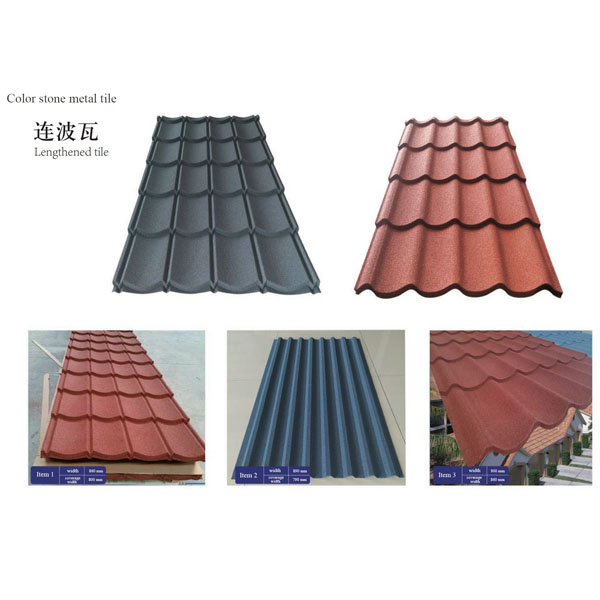
What is the difference between colored stone metal tiles and other roof tiles?
Colored stone metal tiles are a new type of roof material that has many unique advantages compared to traditional roof tiles. So what is the difference compared to other roof tiles? Where are the advantages reflected? Compared with traditional roof tiles, colored stone tiles use a lighter metal m...Read more -

The composition of colored stone tiles
It is composed of aluminum zinc coated steel plate as the substrate, fingerprint resistant coating, colored sand particles, acrylic resin, and acrylic ester. 1. Medium aluminum zinc plated steel plate is made by hot-dip plating a solution composed of 55% aluminum, 43.4% zinc, and 1.6% silicon. It...Read more -

The main characteristics of colored stone metal tiles
Seismic resistance – When an earthquake occurs, metal tiles will not slide off like regular tiles, reducing the risk of injury. Lightweight – lightweight, reducing the load-bearing capacity of buildings. Construction convenience – light weight, large area, simple accessories, gr...Read more -

Why is colored stone metal tile a cost-effective roofing material?
Speaking of the most cost-effective roofing material in the current building materials market, it must be none other than colored stone metal tiles. Meanwhile, colored stone metal tiles are also the most commonly used roofing material in the current roofing building materials market. Colored ston...Read more -

The development history of the ironwork industry
In Europe, iron products are commonly used in the construction industry. In the early Middle Ages, ironwork mostly followed the style of ancient Rome, with elegance and solemnity as its artistic characteristic. In the early 12th to 13th centuries, ironwork was dominated by European Gothic art, wi...Read more -

The ups and downs of iron art culture
The earliest iron products were produced around 2500 BC, and according to reliable records, the Hittite region in Asia Minor was the birthplace of iron art. The earliest iron products were produced around 2500 BC. Since humans entered the Iron Age, with the production of iron products, profession...Read more -
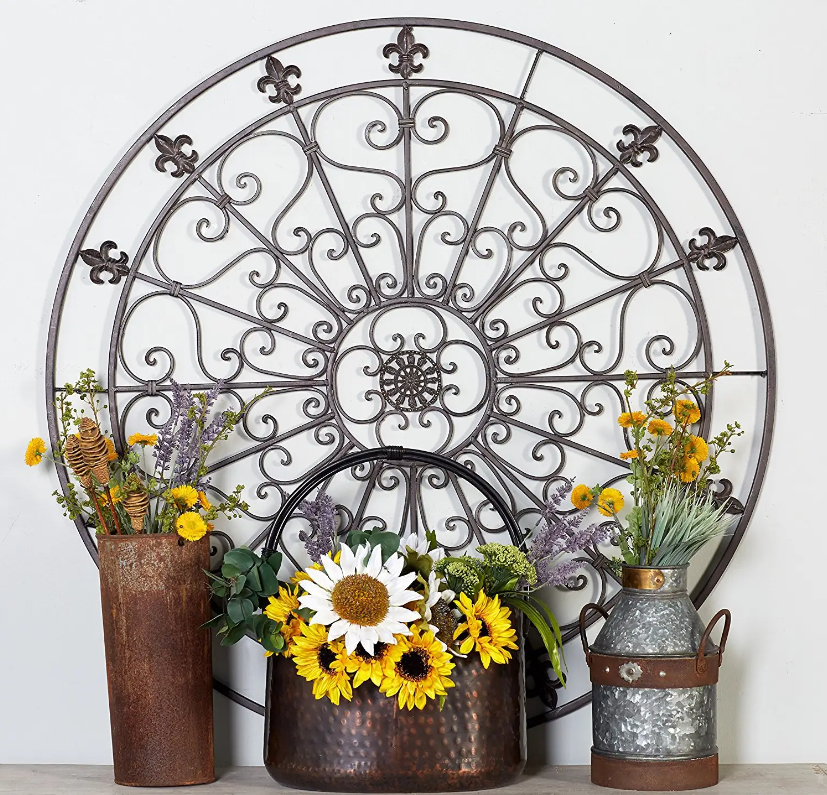
The characteristics and advantages of ironwork
1. Iron art is the art of casting steel into art, the art of forging steel. The texture of iron gives it a simple, stable, classical, and metal like extensibility, giving it smooth and ever-changing lines. The exquisite design and perfect forging give it artistic vitality. 2. The variety of iron ...Read more -
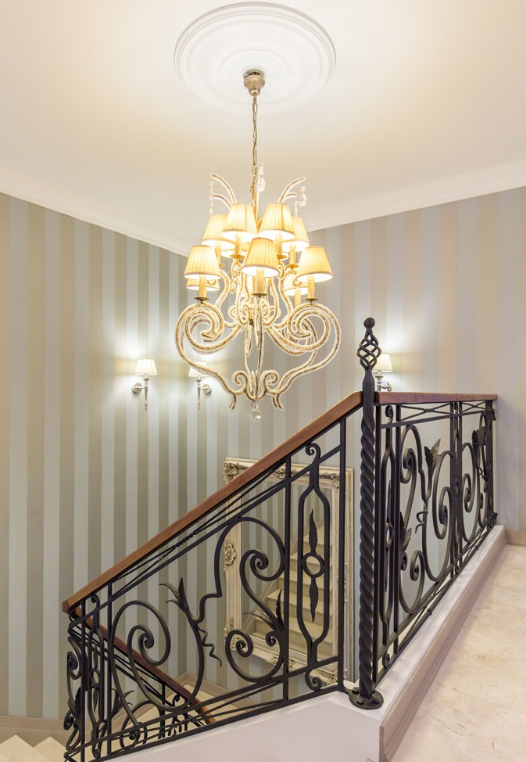
A brief introduction to ironwork
Blacksmiths have an ancient profession in Chinese history, but they have never been able to break free from their practical scope. In the late 20th century, in some developed cities in the south, they began installing anti-theft doors and windows for the safety of residential buildings. At first,...Read more -

Iron materials and processing methods
Iron art is an extremely common name. Iron art has a long history, and traditional iron art is mainly used in the decoration of buildings, homes, and gardens. The development of iron materials and craftsmanship has also gone through a process of over 2000 years. Iron art, as an architectural deco...Read more -
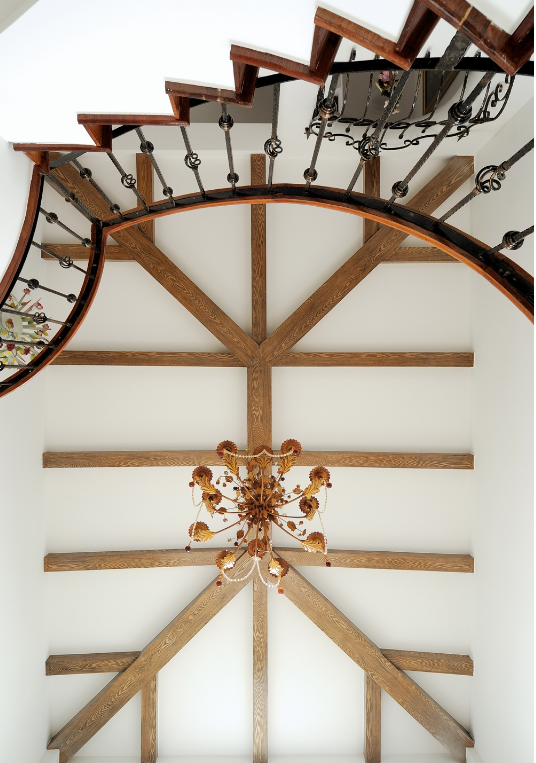
Introduction to the Characteristics of Indoor Ironwork
There is diversity and artistry. Iron art can be used for large furniture such as doors and coffee tables, as well as for accessories such as door frames, door leaves, and door handrails. Its materials, shapes, and processing methods are diverse, and it can design jewelry with diverse styles. Ir...Read more -

Iron Art – The Beauty of Home Decoration
When it comes to ironwork, what comes to mind? Are they iron railings, iron coffee tables, iron handles, and other iron products? These are the most common iron furniture in our daily lives. With people’s increasing demand for quality of life, furniture made mainly of metal products process...Read more -
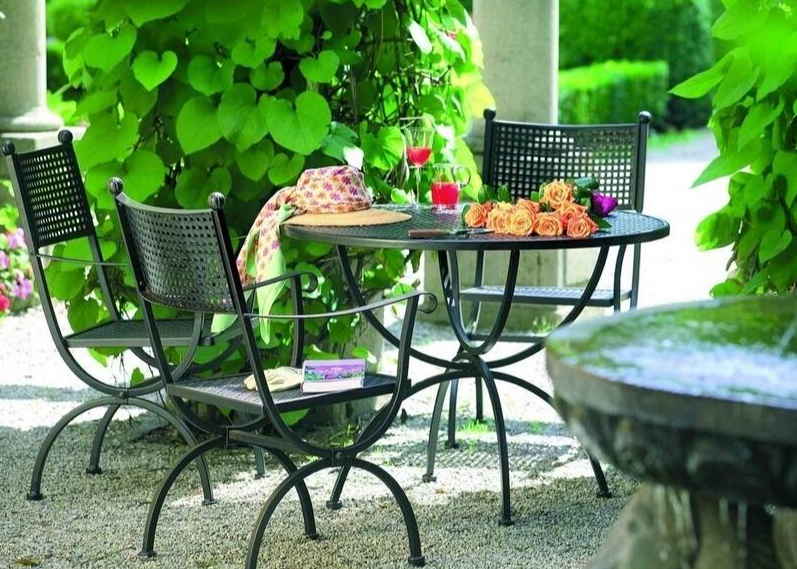
Characteristics of iron decoration and other styles
Iron decoration originated in the European Middle Ages and was originally used to make weapons, tools and daily necessities. As time went by, people began to discover that iron art could also be used in decoration and construction. Features of iron decoration include: Strong and durable: Since wr...Read more -

The difference between American and European ironwork
There are some obvious differences in style, design elements, and cultural traditions between American and European ironwork. Style: American ironwork usually exhibits the characteristics of simplicity, delicacy, and practicality, emphasizing comfort and practicality. It may include some modern e...Read more -

The difference between European and Chinese iron craftsmanship
There are some obvious differences in style, design elements, and cultural traditions between European and Chinese iron art. Characteristics and Style: The characteristics of European ironwork style include complex curves, gorgeous carvings, and symmetrical organization. Usually, there are decora...Read more -

Mediterranean style iron home furnishings
The Mediterranean style iron home style is usually characterized by the fusion of traditional elements and modern design concepts from Mediterranean coastal countries, presenting a perfect combination of ancient and modern, rich in strong Mediterranean charm. Here are some characteristics of this...Read more -

Iron forging technology
Iron forging technology is a technique that uses iron materials for forging and forging processing. This technology combines metallurgy, materials science, and mechanical processing techniques to transform iron materials into specific shapes and structures. Iron forging technology mainly includes...Read more -

The process flow of iron guardrail
The history of iron guardrails can be traced back to the ancient civilization period. In civilizations such as ancient Rome, ancient Greece, and ancient Egypt, people began to use iron railings to surround buildings or territories, playing a role in safety protection and decorative beautification...Read more -

Characteristics and classification of iron guardrails
1. Sturdy, durable, securely connected, and structurally sound. 2. Natural beauty: thick, simple, and clear. 3. Extremely malleable, can create various specifications and styles of iron guardrails according to customer requirements. 4. Easy to install, not limited by terrain fluctuations, suitabl...Read more -

The constituent elements of wrought iron home furnishings
Furniture is composed of four factors: material, structure, appearance, and function. Among them, function is the precursor and the driving force for the development of furniture; Structure is the backbone and the foundation for implementing functions. These four factors are interrelated and mutu...Read more -
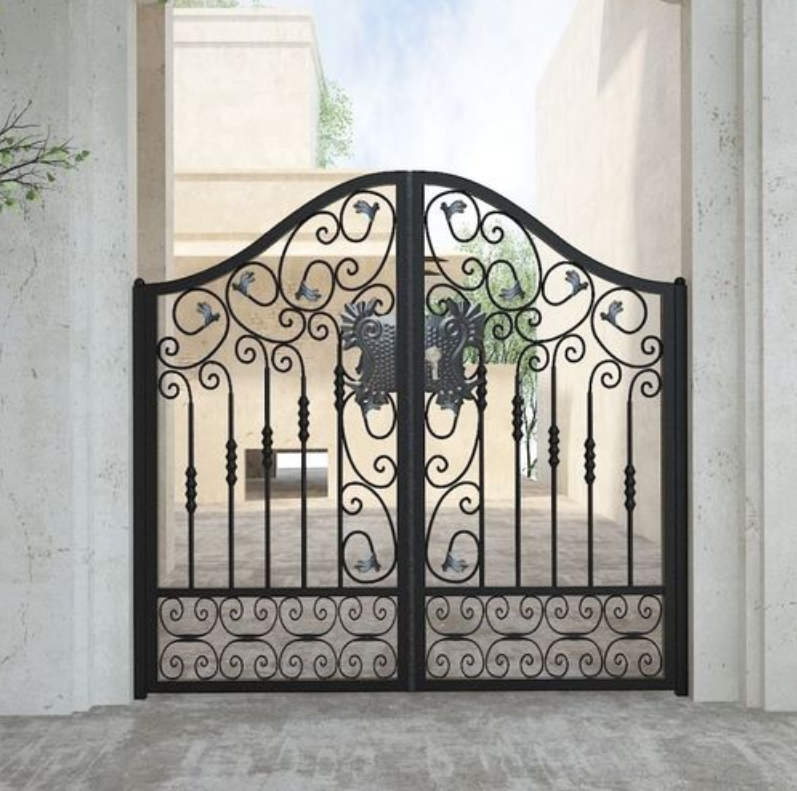
Maintenance methods for iron gate
The Iron Gate appeared during the early 17th century when Baroque architectural style was prevalent, and the development of iron materials and craftsmanship also had a history of over 2000 years. As a form of architectural decoration art, it has always been accompanied by the development of Europ...Read more -

Basic classification of ironwork
Ironwork can be divided into two types: cast iron and forging. Cast iron is formed by molds with a relatively rough surface, so I won’t go into detail here. Forged iron is made using specialized iron materials. In terms of style, it is generally divided into classical and modern types. The ...Read more -

Why is the price of wrought iron more expensive than pig iron?
The difference and price between pig iron and wrought iron 1、 Nature difference: Pig iron: an iron alloy with a carbon content of 2-6.69%. Also known as “cast iron”. In addition to carbon, it also contains silicon, a small amount of sulfur, phosphorus, etc. It can be cast but not for...Read more -

What are the applications and classifications of iron products
Ironwork is divided into three types: cast iron, forging, and handmade products. Cast iron products are generally used to make “large pieces” in ironwork, such as walls, railings, staircase handrails, doors, etc., with no less than four to five hundred shapes. Forged and handmade iron...Read more
